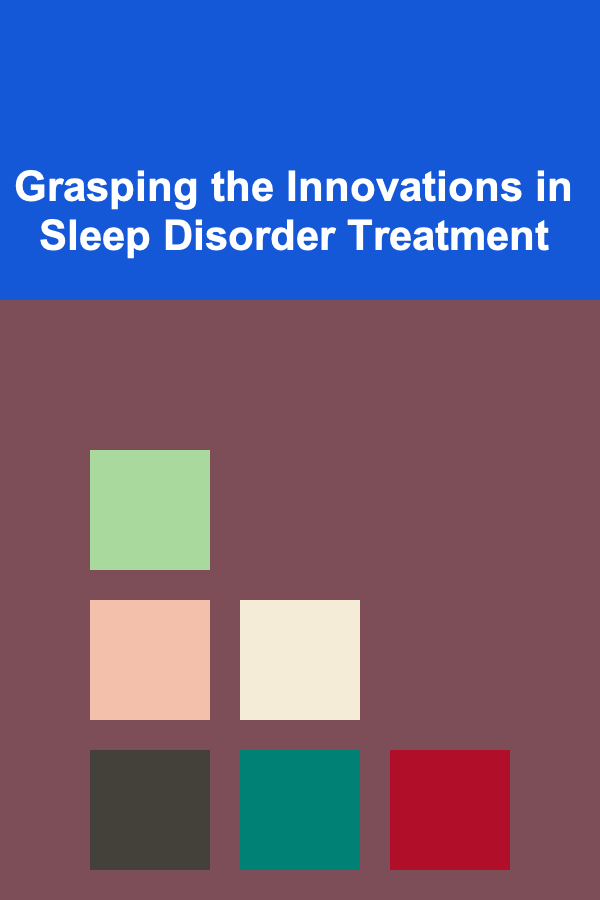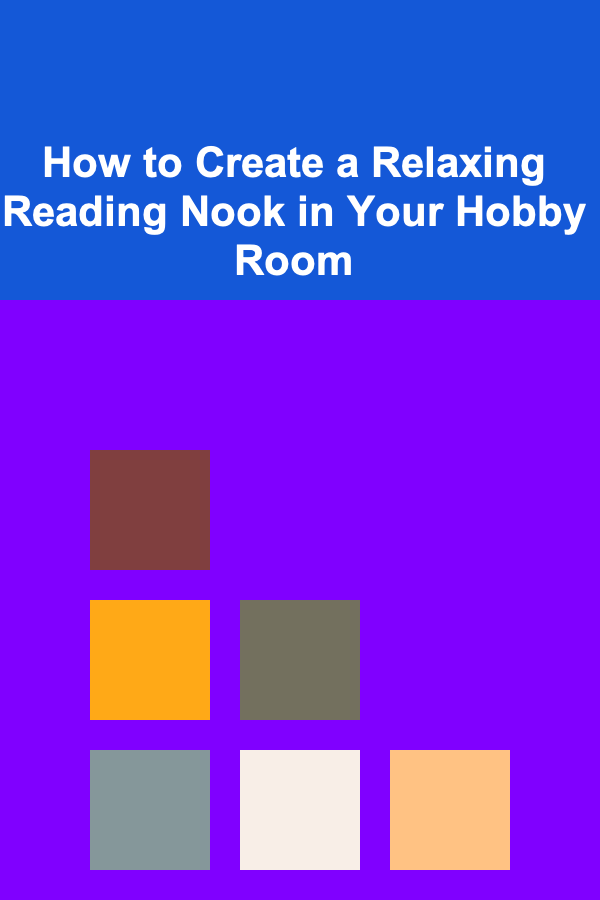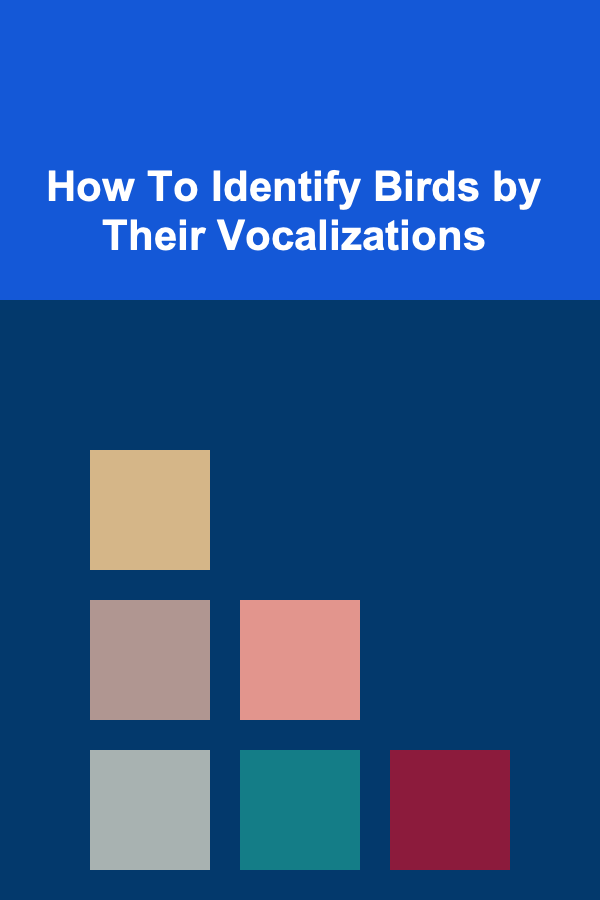
Grasping the Innovations in Sleep Disorder Treatment
ebook include PDF & Audio bundle (Micro Guide)
$12.99$8.99
Limited Time Offer! Order within the next:

Sleep disorders are a pervasive and often debilitating group of conditions affecting a significant portion of the global population. Beyond simple inconvenience, they profoundly impact physical and mental health, contributing to conditions such as cardiovascular disease, diabetes, depression, and cognitive impairment. Therefore, advancements in the diagnosis and treatment of sleep disorders are of paramount importance. This article delves into the recent innovations shaping the landscape of sleep medicine, covering technological advancements, therapeutic breakthroughs, and evolving understanding of the underlying mechanisms of sleep disorders.
Understanding the Evolving Landscape of Sleep Disorders
Before exploring the innovations, it's crucial to understand the breadth of sleep disorders. They encompass a wide range of conditions, including:
- Insomnia: Difficulty falling or staying asleep.
- Obstructive Sleep Apnea (OSA): Repeated episodes of upper airway obstruction during sleep.
- Restless Legs Syndrome (RLS): An irresistible urge to move the legs, often accompanied by uncomfortable sensations.
- Narcolepsy: Excessive daytime sleepiness and cataplexy (sudden muscle weakness triggered by strong emotions).
- Parasomnias: Abnormal behaviors that occur during sleep, such as sleepwalking, sleep terrors, and REM sleep behavior disorder (RBD).
- Circadian Rhythm Disorders: Disturbances in the body's internal clock, leading to difficulties with sleep timing.
The traditional approach to diagnosing sleep disorders often involved polysomnography (PSG), a comprehensive sleep study conducted in a sleep laboratory. While PSG remains the gold standard for many conditions, innovations are expanding the diagnostic toolkit and treatment options significantly.
Technological Advancements in Diagnosis and Monitoring
1. Home Sleep Apnea Testing (HSAT)
HSAT has revolutionized the diagnosis of OSA. Traditionally, diagnosing OSA required an overnight stay in a sleep lab. HSAT allows patients to undergo testing in the comfort of their own homes using portable monitoring devices. These devices typically measure:
- Airflow: Using a nasal cannula to detect airflow through the nose and mouth.
- Respiratory Effort: Using chest and abdominal belts to measure breathing movements.
- Oxygen Saturation (SpO2): Using a pulse oximeter to monitor blood oxygen levels.
- Heart Rate: Measured via pulse oximetry.
HSAT offers several advantages:
- Convenience: Patients can sleep in their own beds, potentially leading to more representative sleep patterns.
- Accessibility: HSAT is more accessible to patients in rural areas or those with mobility issues.
- Cost-Effectiveness: HSAT is generally less expensive than in-lab PSG.
However, HSAT also has limitations. It is primarily used to diagnose OSA and may not be suitable for other sleep disorders. Furthermore, the accuracy of HSAT can be affected by technical issues or patient compliance. The American Academy of Sleep Medicine (AASM) provides guidelines on the appropriate use of HSAT.
2. Wearable Sleep Trackers and Actigraphy
The proliferation of wearable sleep trackers, such as smartwatches and fitness trackers, has provided individuals with unprecedented access to data about their sleep patterns. These devices typically use actigraphy, which measures movement to estimate sleep and wake periods. While consumer-grade sleep trackers are not intended to diagnose sleep disorders, they can provide valuable information about:
- Sleep Duration: Total time spent asleep.
- Sleep Onset Latency: Time it takes to fall asleep.
- Wake After Sleep Onset (WASO): Time spent awake after initially falling asleep.
- Sleep Efficiency: Percentage of time in bed spent asleep.
Actigraphy is also used in clinical settings for more comprehensive sleep assessment. Clinical-grade actigraphy devices are often more accurate and can be used to monitor sleep patterns over extended periods, helping to diagnose circadian rhythm disorders and assess the effectiveness of sleep interventions. Furthermore, actigraphy is a valuable tool for research, providing large-scale data on sleep patterns and their association with various health outcomes. It's crucial to remember that while these devices provide trends, a professional should still be consulted for diagnosis and proper sleep analysis.
3. Advanced Signal Processing and AI in Sleep Analysis
The analysis of PSG data can be time-consuming and requires specialized expertise. Artificial intelligence (AI) and advanced signal processing techniques are being developed to automate and improve the accuracy of sleep staging and event detection. These technologies can:
- Automate Sleep Scoring: AI algorithms can automatically identify different sleep stages (N1, N2, N3, REM) based on EEG, EOG, and EMG signals.
- Detect Sleep Apnea Events: AI can identify apneas and hypopneas based on airflow and respiratory effort data.
- Identify Arousals: AI can detect brief awakenings from sleep, which are often associated with sleep apnea and other sleep disorders.
- Improve Accuracy and Efficiency: By automating tedious tasks, AI can free up sleep technicians to focus on more complex aspects of sleep analysis.
The use of AI in sleep medicine is still in its early stages, but it holds tremendous promise for improving the efficiency and accuracy of sleep diagnosis and treatment. However, it is important to note that AI algorithms should be validated and used in conjunction with clinical expertise.
4. Neuroimaging Techniques
Advanced neuroimaging techniques, such as functional magnetic resonance imaging (fMRI) and positron emission tomography (PET), are providing new insights into the neural mechanisms underlying sleep disorders. These techniques allow researchers to:
- Identify Brain Regions Involved in Sleep Regulation: fMRI can be used to identify brain regions that are activated or deactivated during different sleep stages.
- Investigate the Effects of Sleep Deprivation on Brain Function: fMRI can be used to assess the impact of sleep loss on cognitive performance and emotional regulation.
- Study the Pathophysiology of Sleep Disorders: Neuroimaging can help identify structural and functional abnormalities in the brains of individuals with sleep disorders. For example, studies have shown alterations in brain activity in patients with insomnia and OSA.
While neuroimaging is not currently used routinely in the diagnosis of sleep disorders, it is a valuable research tool that is contributing to a better understanding of the underlying causes of these conditions.
Therapeutic Breakthroughs in Sleep Disorder Treatment
1. Advancements in Positive Airway Pressure (PAP) Therapy for OSA
Continuous Positive Airway Pressure (CPAP) therapy remains the gold standard treatment for OSA. CPAP involves wearing a mask that delivers pressurized air, which keeps the upper airway open during sleep. While CPAP is highly effective, adherence can be a challenge due to discomfort, mask leaks, and nasal congestion. Recent innovations are aimed at improving CPAP adherence and tolerability.
- Improved Mask Designs: New mask designs are more comfortable and less likely to leak. Options include nasal masks, nasal pillow masks, and full-face masks. Patients can work with their healthcare providers to find a mask that fits comfortably and provides effective therapy.
- Auto-Titrating CPAP (APAP): APAP devices automatically adjust the pressure based on the patient's breathing patterns, reducing the need for manual titration.
- Heated Humidification: Heated humidifiers can help prevent nasal congestion and dryness, which are common side effects of CPAP therapy.
- Ramp Feature: The ramp feature gradually increases the pressure over time, making it easier to fall asleep with CPAP.
- Expiratory Pressure Relief (EPR): EPR reduces the pressure during exhalation, making it more comfortable to breathe against the pressurized air.
Beyond technological improvements, behavioral interventions are also being used to improve CPAP adherence. These interventions may include education, counseling, and support groups.
2. Hypoglossal Nerve Stimulation (HGNS) for OSA
Hypoglossal nerve stimulation (HGNS) is an alternative treatment option for OSA in patients who are unable to tolerate CPAP. HGNS involves implanting a small device that stimulates the hypoglossal nerve, which controls the tongue muscles. Stimulation of the hypoglossal nerve prevents the tongue from collapsing and obstructing the airway during sleep. HGNS is typically considered for patients with moderate to severe OSA who have failed CPAP therapy and have a specific anatomical profile. The procedure involves implanting a pulse generator in the chest and a stimulation lead on the hypoglossal nerve. The device is turned on before bedtime and delivers mild electrical stimulation throughout the night.
Studies have shown that HGNS can significantly reduce the apnea-hypopnea index (AHI) and improve sleep quality in appropriately selected patients. However, HGNS is an invasive procedure and is not suitable for all patients with OSA. Careful patient selection and surgical expertise are essential for successful outcomes.
3. New Medications for Insomnia
The treatment of insomnia has evolved beyond traditional benzodiazepine hypnotics. New medications with novel mechanisms of action are available to improve sleep onset and maintenance with potentially fewer side effects. These include:
- Melatonin Receptor Agonists: Ramelteon and tasimelteon are melatonin receptor agonists that help regulate the sleep-wake cycle. They are particularly useful for treating insomnia associated with circadian rhythm disorders or jet lag.
- Orexin Receptor Antagonists (DORAs): Suvorexant, lemborexant, and daridorexant are orexin receptor antagonists that block the effects of orexin, a neurotransmitter that promotes wakefulness. These medications can improve sleep onset and maintenance without the risk of dependence associated with benzodiazepines. Side effects may include daytime sleepiness and, rarely, cataplexy-like symptoms.
- Low-Dose Doxepin: Doxepin is a tricyclic antidepressant that, at low doses, acts as a histamine receptor antagonist and can improve sleep maintenance.
The choice of medication for insomnia should be individualized based on the patient's specific symptoms, medical history, and other medications they are taking. Cognitive behavioral therapy for insomnia (CBT-I) remains the first-line treatment for chronic insomnia and can be used alone or in combination with medication.
4. Advances in RLS Treatment
Restless Legs Syndrome (RLS) is a common sensorimotor disorder characterized by an irresistible urge to move the legs, often accompanied by uncomfortable sensations. The treatment of RLS typically involves lifestyle modifications, iron supplementation (if iron deficient), and medications. The main medication classes used for RLS are:
- Dopamine Agonists: Pramipexole, ropinirole, and rotigotine are dopamine agonists that can reduce RLS symptoms. However, long-term use of dopamine agonists can lead to augmentation, a paradoxical worsening of RLS symptoms.
- Alpha-2-Delta Ligands: Gabapentin, pregabalin, and gabapentin enacarbil are alpha-2-delta ligands that can also reduce RLS symptoms. These medications are generally well-tolerated and have a lower risk of augmentation compared to dopamine agonists.
- Opioids: In severe cases of RLS, opioids may be used to provide symptom relief. However, opioids have a high risk of dependence and should be used with caution.
Research is ongoing to identify new treatments for RLS, including non-pharmacological approaches such as pneumatic compression devices and near-infrared light therapy.
5. Emerging Therapies for Narcolepsy
Narcolepsy is a neurological disorder characterized by excessive daytime sleepiness, cataplexy, and other symptoms. The treatment of narcolepsy aims to improve wakefulness during the day and control cataplexy. Traditional treatments include:
- Stimulants: Modafinil and armodafinil are stimulants that promote wakefulness.
- Sodium Oxybate: Sodium oxybate is a central nervous system depressant that can reduce cataplexy and improve nighttime sleep.
- Selective Serotonin Reuptake Inhibitors (SSRIs) and Serotonin-Norepinephrine Reuptake Inhibitors (SNRIs): These medications can help control cataplexy.
Emerging therapies for narcolepsy include:
- Pitolisant: Pitolisant is a histamine H3 receptor antagonist/inverse agonist that promotes wakefulness and reduces cataplexy. It works by increasing histamine levels in the brain.
- Solriamfetol: Solriamfetol is a dopamine and norepinephrine reuptake inhibitor that promotes wakefulness.
Research is also focusing on developing new therapies that target the underlying cause of narcolepsy, which is a deficiency of the neurotransmitter hypocretin (also known as orexin). Hypocretin replacement therapy is a promising area of research that could potentially restore normal sleep-wake regulation in individuals with narcolepsy.
6. Targeted Light Therapy for Circadian Rhythm Disorders
Light therapy is a cornerstone treatment for circadian rhythm disorders. Exposure to bright light at specific times of day can help shift the body's internal clock. Innovations in light therapy include:
- Personalized Light Therapy Schedules: Algorithms and software are being developed to create personalized light therapy schedules based on individual circadian rhythms and sleep patterns.
- Blue Light Blocking Glasses: Wearing blue light blocking glasses in the evening can help reduce the disruptive effects of artificial light on sleep.
- Dawn Simulators: Dawn simulators gradually increase the light intensity in the morning, mimicking sunrise and promoting a natural awakening.
The effectiveness of light therapy depends on the timing, intensity, and duration of light exposure. Consulting with a sleep specialist can help optimize light therapy for individual needs.
Evolving Understanding of Sleep Disorder Mechanisms
Advances in basic sleep research are leading to a better understanding of the underlying mechanisms of sleep disorders. This knowledge is paving the way for the development of more targeted and effective treatments. Some key areas of research include:
- Genetics of Sleep Disorders: Studies are identifying genes that increase the risk of developing sleep disorders such as insomnia, OSA, and RLS.
- Neurobiology of Sleep-Wake Regulation: Research is unraveling the complex neural circuits and neurotransmitters involved in sleep-wake regulation.
- Role of Inflammation in Sleep Disorders: Inflammation is increasingly recognized as a contributing factor to sleep disorders such as OSA and insomnia.
- Gut Microbiome and Sleep: The gut microbiome, the collection of microorganisms that live in the digestive tract, is being investigated for its potential role in sleep regulation.
Understanding the complex interplay of genetic, environmental, and lifestyle factors that contribute to sleep disorders is crucial for developing personalized and preventive strategies.
The Future of Sleep Disorder Treatment
The future of sleep disorder treatment is likely to be characterized by:
- Personalized Medicine: Tailoring treatment approaches based on individual patient characteristics, genetic profiles, and sleep patterns.
- Precision Diagnostics: Using advanced technologies to identify specific biomarkers and neural signatures associated with different sleep disorders.
- Digital Therapeutics: Developing mobile apps and online programs to deliver CBT-I and other behavioral interventions.
- Non-Invasive Neuromodulation: Using techniques such as transcranial magnetic stimulation (TMS) and transcranial direct current stimulation (tDCS) to modulate brain activity and improve sleep.
- Preventive Strategies: Focusing on lifestyle interventions and early detection to prevent the development of sleep disorders.
Conclusion
The field of sleep medicine is rapidly evolving, driven by technological advancements, therapeutic breakthroughs, and a growing understanding of the underlying mechanisms of sleep disorders. Grasping these innovations is essential for healthcare professionals and individuals seeking to improve their sleep health. By embracing new diagnostic tools, exploring emerging therapies, and adopting a holistic approach to sleep management, we can significantly improve the quality of life for millions of people affected by sleep disorders.

How to Create a Relaxing Reading Nook in Your Hobby Room
Read More
How to Make the Most of Your Apartment's Limited Space
Read More
How to Plan for Major Home Expenses in Advance
Read More
How to Save Big with Thrifty Gift-Giving Ideas This Holiday Season
Read More
How To Identify Birds by Their Vocalizations
Read More
How to Introduce New Healthy Foods to Picky Eaters
Read MoreOther Products

How to Create a Relaxing Reading Nook in Your Hobby Room
Read More
How to Make the Most of Your Apartment's Limited Space
Read More
How to Plan for Major Home Expenses in Advance
Read More
How to Save Big with Thrifty Gift-Giving Ideas This Holiday Season
Read More
How To Identify Birds by Their Vocalizations
Read More